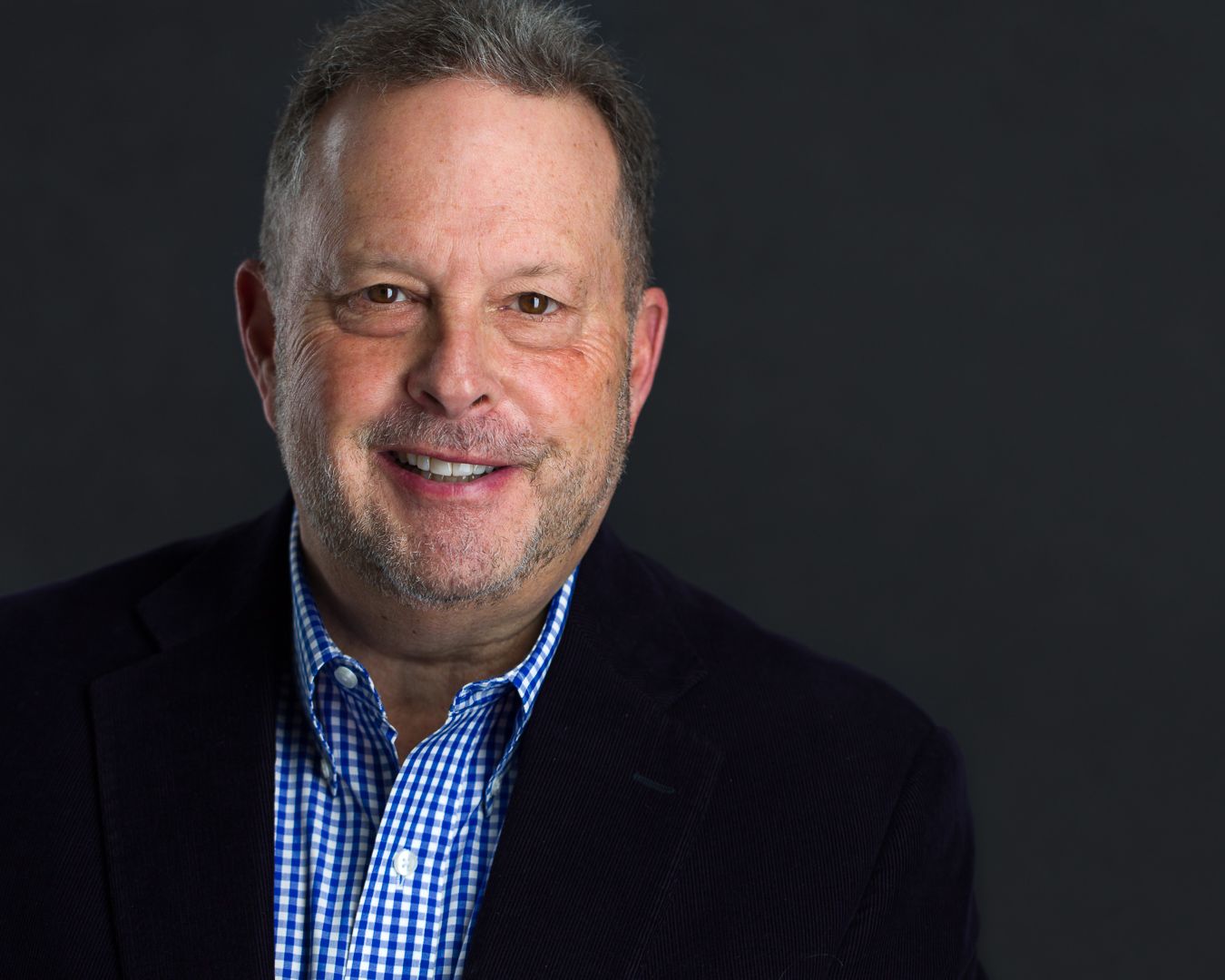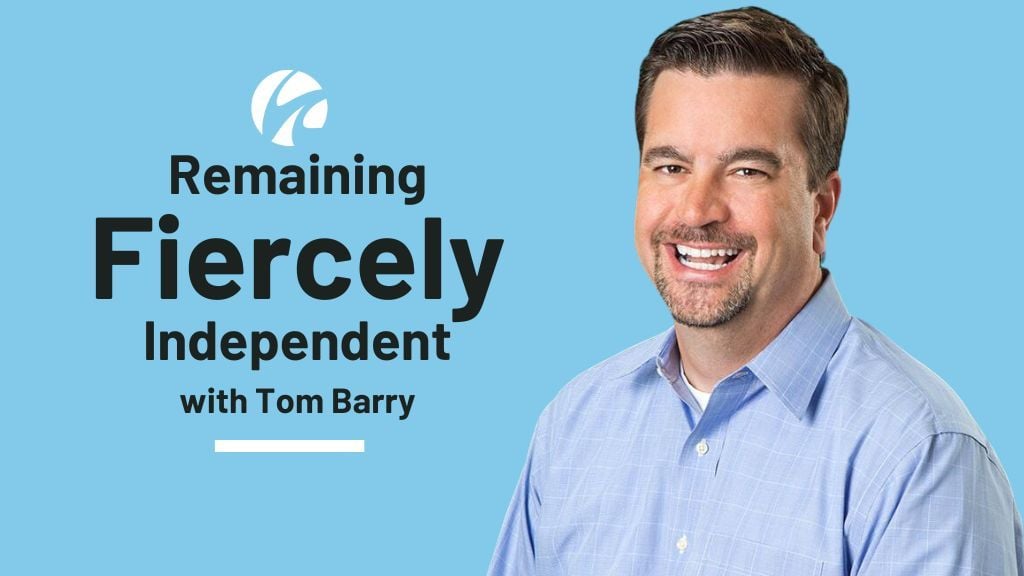1 min read
Shamis Named a “Most Influential” in Accounting
Gary S. Shamis has been named to Accounting Today’s annual list of “The top 100 most influential people in accounting.” This marks his return to the...
5 min read
by:
 David Toth
on
Feb 17, 2022
David Toth
on
Feb 17, 2022

David empowers firms to grow strategically by aligning innovation, insight, and execution. He leads WRC’s signature programs and advises firm leaders on M&A, digital growth, and leadership development.
Table of Contents
What does it take to be named a Most Recommended Consultant by INSIDE Public Accounting for 16 years, and one of the 100 Most Influential People in Accounting by Accounting Today for the past 15 years? To find out, I asked someone who’s done just that – Gale Crosley, of Crosley+Company.
As the financial world was imploding in 2008, Gale ran toward the danger, even as others were seeking a way out, showing her clients how to grow in times of massive market disruption. Before and after that time, her strategic growth consulting practice has helped hundreds of firms pivot in the wake of a major regulatory upheaval, a devastating financial recession, a complex technology disruption, and now a global pandemic. I sat down with
Gale recently to learn more.
DT: What’s the source of your passion and drive for helping firms chart their journey?
GC: How long do you have? Seriously, the answer lies in my background as a CPA and former auditor. Organic growth is principles-based, not the loose discipline it might appear to be. It’s about data analytics and strategy. From my early days as a CPA, I redirected my career into technology sales, marketing, and new product development, working for IBM at a time of cutting-edge technology and high annual growth. Coming from that environment, I set out to codify generally accepted growth principles for the CPA firm environment. At the time, sophistication around growth was about a 3.5 on a scale of 10! The needle is still way below 10, and there is much opportunity to improve.
When I looked at firm activity in terms of driving and fulfilling demand, it was clear that fulfilling demand was pretty well honed, with impressive quality, efficiency, and profitability. But the driving-demand muscle was, and still is, not as strong. Growing the firm was considered by many an optional extra-curricular, i.e., “I’ll get to it when I have time.” Growth was driven by an individual-book-of-business mentality, focused on banker breakfasts and lawyer lunches. I recently had a final session with a firm that I’ve worked with for many months. The transformation is remarkable—instead of individual partners operating independently, they now have leaders in every key industry and service line, with a clear understanding and ability to lead strategic growth. And their organic growth numbers show it, even before the recent COVID windfall.
DT: Gale, you have a unique perspective on how firms have been able to create viable growth plans at key inflection points. What can you share knowing where the world is today?
GC: I started my business in 2001 when events were transforming the accounting space, like the dotcom bust, Sarbanes-Oxley, and the unraveling of Andersen and Worldcom. Market disruptions bring opportunity, and I was one of the first consultants to help firms launch SOX services. My first client went from four to 20 percent annual growth within a couple of years. They were a $5M annual revenue firm, and are now pushing $80M, all
organic.
The next big disruption was the Great Recession of 2008. Another of my clients navigated through that storm at around 15 percent annual growth, which has remained consistent for years. Another major shift occurred with the advent of the cloud. At first it appeared a relatively benign development that would permit us to share information through a convenient portal. But it eventually became apparent that its value went much further, offering unlimited digital capacity and speed, enabling embedding technology in our services. The cloud has spawned data analytics, blockchain, artificial intelligence and machine learning. On top of that came the pandemic, with heightened demand for remote marketing and selling. Plus, the erasing of geography-based borders—the capacity to find buyers worldwide, limited only by borders in our own thinking. This has led to a more sophisticated approach in driving digital demand.
DT: In conversations about growth, I hear a lot these days about the need for high trust inside a firm, providing a solid foundation for talent retention. It seems we care more about culture today than in the past, do you agree?
GC: For me, the trust factor is about how we view those who work in our firms in terms of their value to the organization. IBM had the finest culture I’ve ever experienced. The basic principle was respect for the individual, and everything else flowed from that, contributing to a near zero turnover.
IBM cared about us, nurtured us, and publicly recognized and rewarded us. And when we achieved big things, everybody celebrated. When a significant piece of business was landed, a ship’s bell would ring in the lobby bringing everyone together, and the team members would be handed big bonus checks. As a result of the culture, few IBMers ever wanted to even look around. Culture remains a last frontier for CPA firms. We’re just not there yet when it comes to A+ human resources support and the employee experience, but I anticipate a significant uptick in the near future. And to get back to your point, when people are supported, appreciated and rewarded, trust follows.
DT: What kind of impact does this deficit in employee relations and staffing have on firm growth?
GC: When you learn how to pursue strategic growth, you evolve your confidence that you can be successful. You need to also feel confident you’ll have the necessary resources. The employee experience and the client experience are joined at the hip.
Strategic growth also enables you to stretch your resources. You spend less time to achieve more, which is related to our current capacity issues. I like the analogy of fishing with a net, rather than with a fishing pole. Take that to the next level with digital tools that leverage our talent, as well as permit us to redefine our footprint. From serving one food truck restaurant in Austin, a digitized practice lets you expand your service to food truck owners across the country. By the way, they don’t have rigid geographic borders either!
DT: And of course, market conditions play a significant role. How does the market, for example over the past two years, impact decision making about strategic growth?
GC: Strategic growth is sustainable, profitable, efficient and fast. Market conditions will always ebb and flow, but smart firms know how to discover a strategy and then stick to it, focusing on specific buyer groups and services. They don’t chase the new shiny object just because it’s in front of them. They have the discipline to work on markets and opportunities within their strategy and turn away from others. There are unlimited opportunities for growth, but that doesn’t mean you should chuck strategy out the window. I see this as especially problematic right now as firms struggle with pruning out clients. Without a strategy, they’re using filters which often prune out the wrong clients.
DT: How do you advise firms ready to begin to dabble in digital? What’s the landscape look like in this critical area?
GC: I’ll start with another key element of strategic growth – distribution channels. A distribution channel is the way you and your buyers find one another in great quantities, which goes far beyond referral sources. In the past, distribution channels have not been the purpose of digital tools. Rather, you would have a website that increases visibility and credibility, basically an online brochure. Still to this day, if you look at 100 firm websites, most thump their chests and let you know that they offer the best in client service. We still aren’t using technology as a powerful distribution channel. None of this mattered much when we brought in business by hanging out at the country club.
But that’s no longer the case. Today’s mature markets, characterized by huge competitive pressures and sophisticated buyers, require specialization and distribution channels. Digital tools enable you to avoid looking like yesterday’s news. With them, you can soar past your peers.
DT: And acceptance of these tools is soaring, as well. A study by McKinsey found that 80 percent of B2B buyers are comfortable making a self-selection process with purchases up to $50,000, and 27 percent are comfortable doing so when the purchase value rises to $500,000.
That shift from generalist to specialist complements digital because it is about getting to know your audience and aligning with market conditions. What are the other essential elements of a successful strategic growth initiative?
GC: When consulting with a firm to achieve exceptional organic growth, three individuals are critical to success—the managing partner, the head of marketing, and Gale Crosley. If we all properly fill our roles, I’ll be serving up concepts and guidance. The MP will use this to lead organic growth at a high level and help when the messy middle needs interventions. The head of marketing develops into the role of guiding and supporting strategic growth, not just marketing.
DT: Gale, thanks for this excellent exchange and helping readers understand how firms have evolved to create viable growth plans in a period of incredible flux and churn. It’s easy to see why your awards and accolades keep piling up.
GC: David, thank you, I’ve really enjoyed our conversation!
Do you have questions about your firm’s growth strategy? Contact Winding River Consulting to initiate a Digital Growth Strategy audit. Winding River Consulting provides consultation, coaching, and works with firm leadership to co-create the ultimate growth strategy framework for firms in every market. Reach out to learn more.

1 min read
Gary S. Shamis has been named to Accounting Today’s annual list of “The top 100 most influential people in accounting.” This marks his return to the...

2 min read
*Updated September 7, 2022: We are excited to announce our latest addition to the agenda, our panel on outsourcing. The panel titled “Finding an...

3 min read
In a recent conversation, David Toth, Chief Growth Officer of Winding River Consulting, sat down with Tom Barry, Managing Partner of GHJ and MPB |...